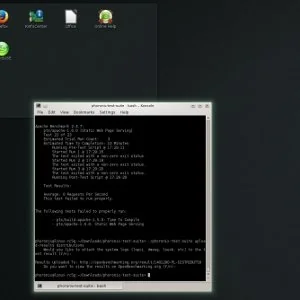Electron Apps Are Bad, So Now You Can Create Desktop Apps With HTML5 + Golang

Developer Serge Zaitsev presented at FOSDEM 2019 last weekend in Brussels about his work on the Webview and Lorca libraries. These libraries allow building modern desktop applications within the Go programming language while writing the interfaces in HTML5.
Lorca allows building cross-platform modern desktop applications with HTML5 and Golang. Lorca relies upon Chrome/Chromium for its UI layer, but doesn't bundle its own version thus allowing the system browser to be re-used. Compared to the likes of Electron, Lorca aims to be much lighter weight, supports calling arbitrary JavaScript code from within Go, and other features to put it roughly at feature parity with Electron.
Webview meanwhile is lower-level and just about presenting application user interfaces in browser-based windows. Webview also supports C and C++ in addition to Golang and also exposes bindings for other languages like Rust and Haskell. This library supports not only Chrome/Chromium but also working on Windows' MSHTML and other WebKit coverage.
Those curious about combining HTML5 with Golang for desktop apps can learn more via this slide deck (PDF) from FOSDEM as well as the WebM session recording.
47 Comments

